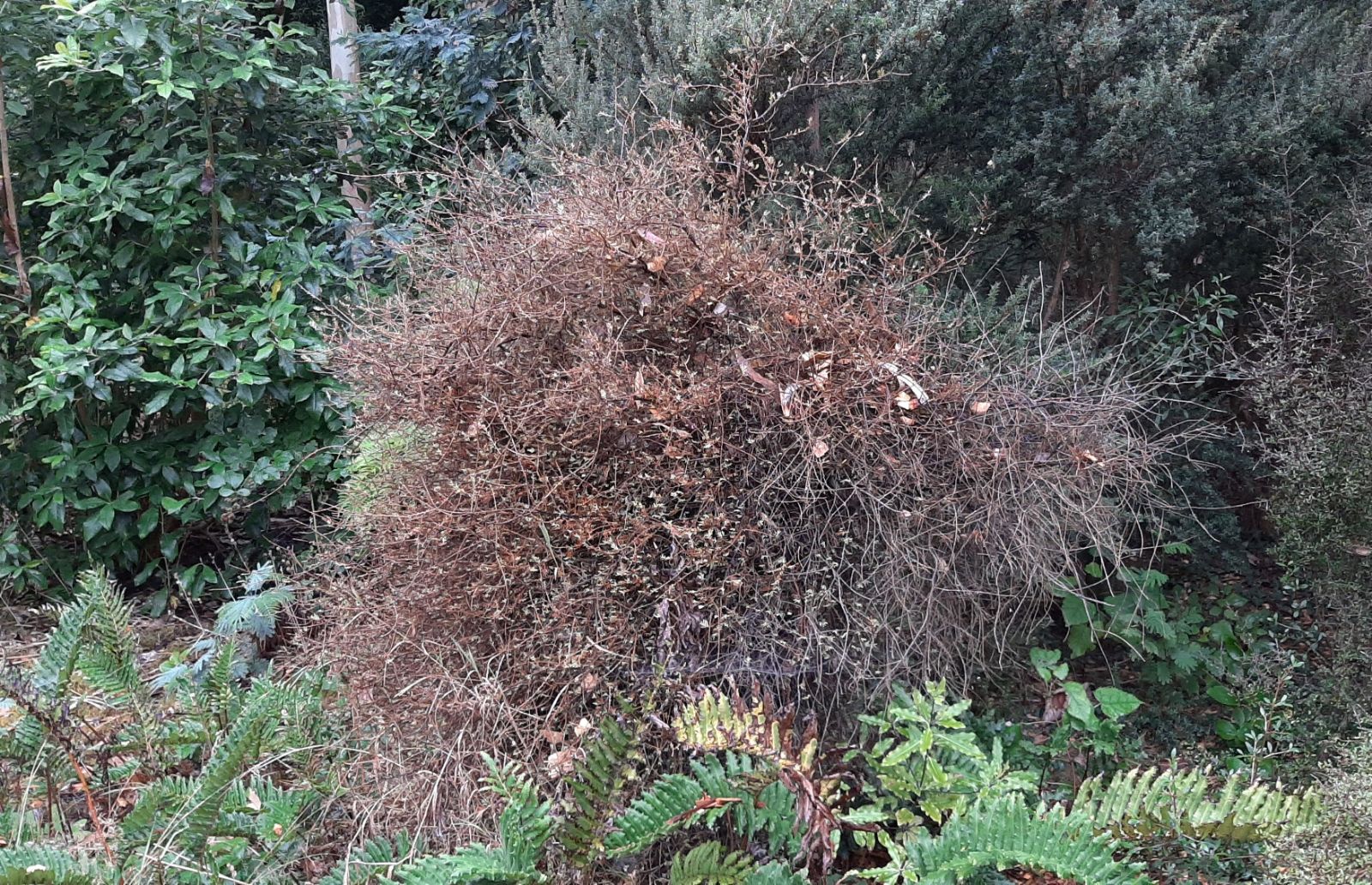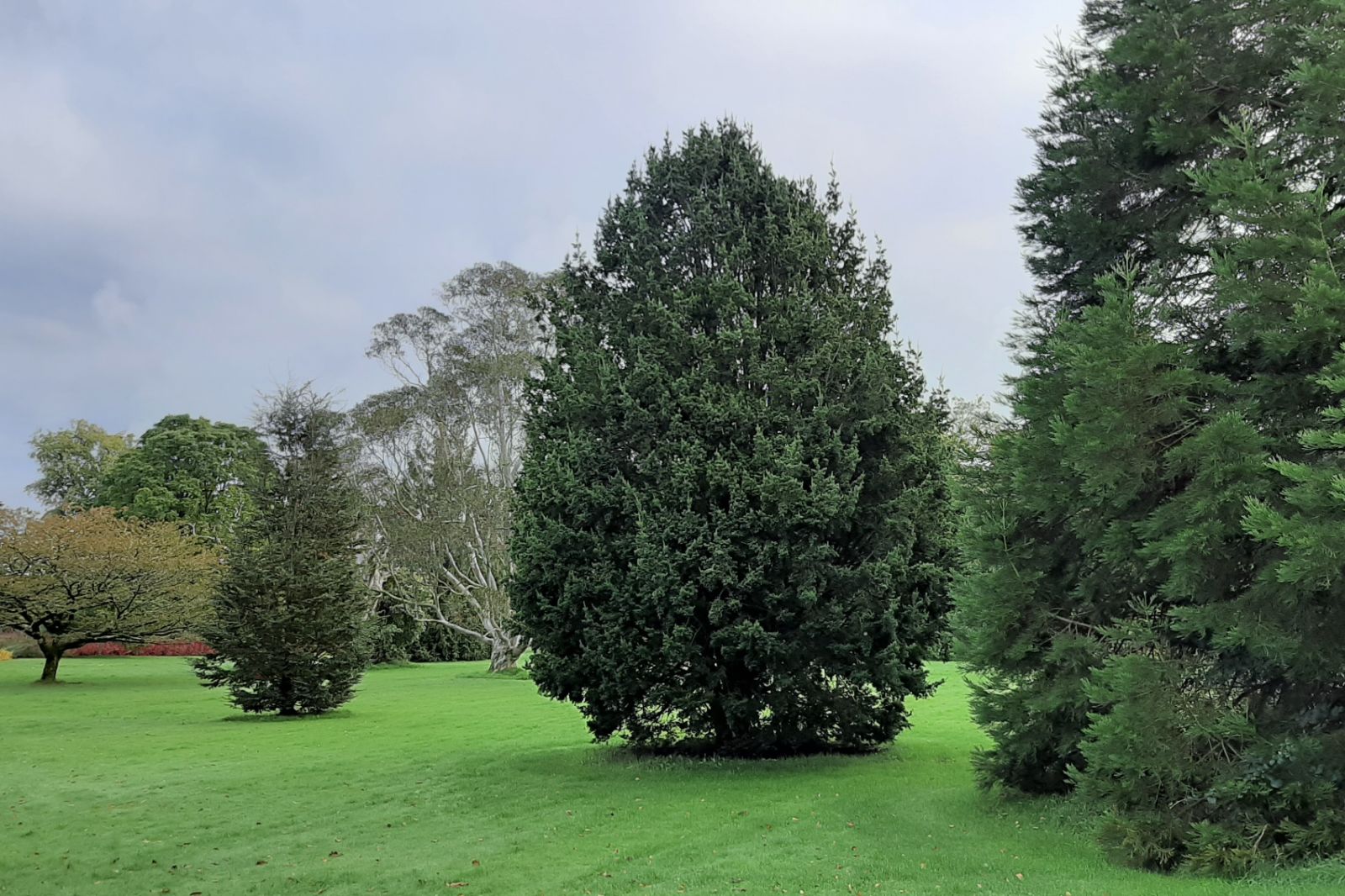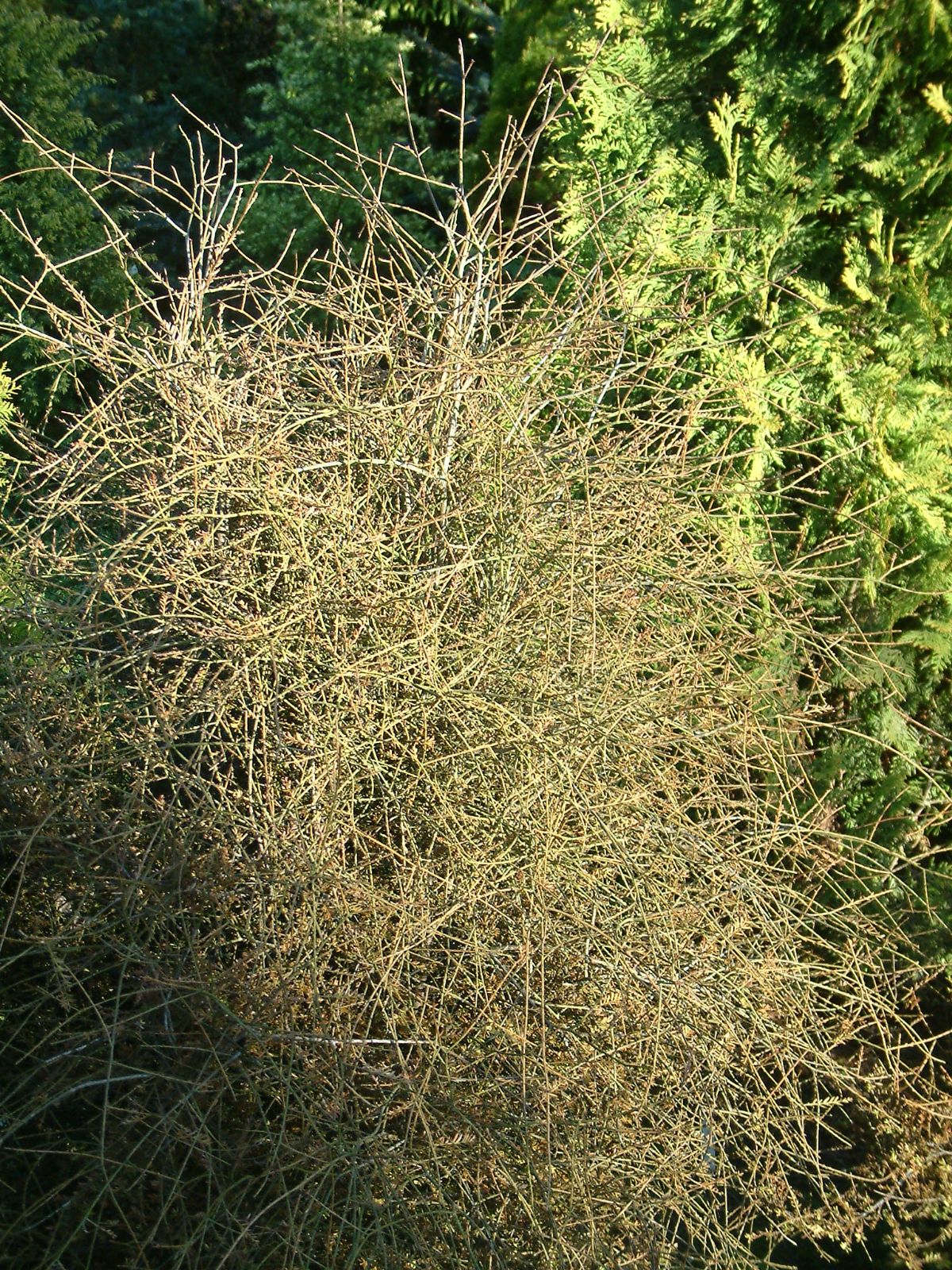Prumnopitys
Credits
Article from New Trees by John Grimshaw & Ross Bayton
Recommended citation
'Prumnopitys' from the website Trees and Shrubs Online (treesandshrubsonline.
Family
- Podocarpaceae
Editorial Note
The genus Prumnopitys was described in 1861 based on the Chilean endemic P. andina; it was later sunk into Podocarpus before being resurrected by Page in the 1980s. Prumnopitys was covered in New Trees (Grimshaw & Bayton 2009) when it was accepted as comprising nine species, however, several of these had long been considered an awkward fit in this genus, and six species were split into a new genus in 2019, Pectinopitys C.N.Page (q.v.) leaving three species in a reduced Prumnopitys: P. andina from Chile (the type species); P. montana from NW South America; and P. taxifolia from New Zealand (Page 2019). Two of these are cultivated in our area and are treated here, P. andina based on a contemporary account (Gardner, Christian & Luscombe 2018) and Bean’s account of P. taxifolia (Bean 1981). P. montana is probably not cultivated in our area. Although rendered largely out of date by these recent changes, the New Trees genus article is retained below until such time as sponsorship is received to revise this genus in full. We are re-organising the Podocarpaceae text in this way – old text from Bean and New Trees under the correct modern names, with full synonymy – to enable a new revision of Podocarpus to be published in 2023.
TC, January 2023.
Prumnopitys comprises nine species with a distribution in South and Central America (from Chile to Venezuela and Costa Rica), and the Pacific (northeast Australia, New Caledonia and New Zealand). They are densely branched, dioecious, evergreen trees or shrubs with an outward appearance not unlike that of Taxus. The leaves are small (< 2.5 cm long), linear, spirally arranged (though often appearing two-ranked), hypo stomatic, and with a distinct midrib. Male strobili are solitary or grouped, on short, axillary shoots; female cones subterminal, solitary or grouped along a leafy or scaly shoot. The cone is reduced to a single fertile scale with a single ovule; the receptacle does not enlarge, and the fleshy epimatium completely encloses the seed (Hill 1998).
The nomenclature of this genus is rather messy, most species having been formerly known as Podocarpus, often under different specific epithets, while the name Podocarpus spicatus has been used for both a New Zealand species, now considered to be Prumnopitys taxifolia, and the Chilean Prumnopitys andina (for which the combination Prumnopitys spicata (Poepp.) Molloy & Muñoz-Schick has also been published). The descriptions of Podocarpus spicatus in the standard literature refer to the New Zealand species Prumnopitys taxifolia, which remains a rare plant in our area, seen only in the mildest gardens (in Cornwall, for example, and in the Chelsea Physic Garden in London). The only Prumnopitys to have achieved relatively widespread cultivation is P. andina, which can form a substantial tree even away from mild maritime sites.



